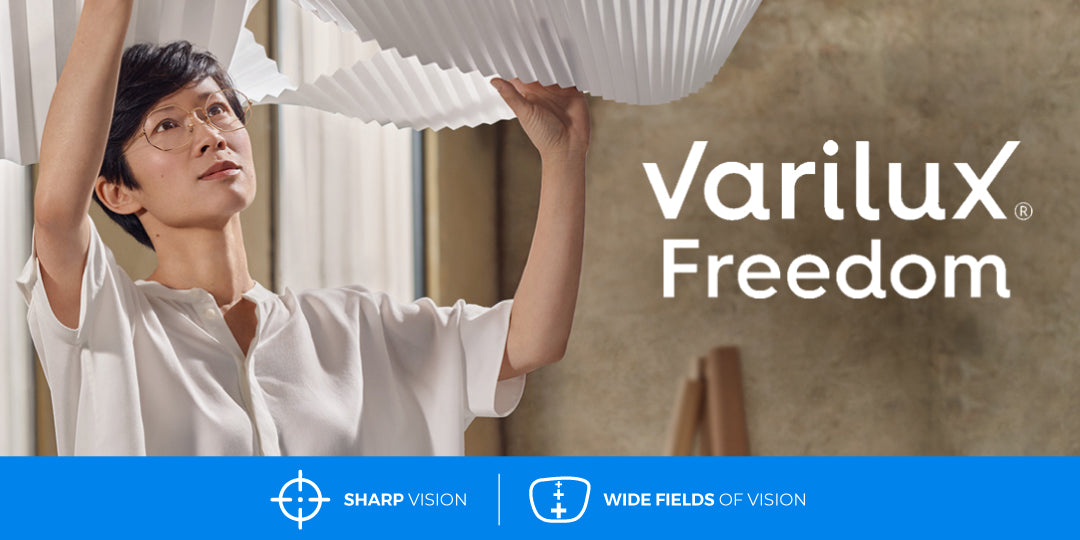Choosing the right pair of glasses is a big decision because it's an investment. There are so many options: colours, shapes, sizes, styles, prices, brands, and the list goes on. When it comes to buying frames, all you have is your spectacles' prescription, and it's up to you to choose the best pair. You want your spectacles to be light but strong, as well as comfortable. You can relax; here's a list of frame materials you'll encounter at Ottika to help you make the best decision:
Plastic frames
As a hypoallergenic and easily moldable plastic, cellulose acetate gives eyeglass designers the freedom to create truly innovative designs. This material, also known as Zyl, can be made with varying degrees of transparency or stacked colours. Because of its unique properties, acetate is used by many eyeglass manufacturers, pushing the boundaries of what a frame can be.
In addition to providing excellent comfort, customers appreciate the fact that cellulose acetate can be coloured in any colour imaginable. It can also be patterned, laminated, and other things. Because the colours are embedded, they literally cover the spectrum, from bright and bold to soft and subtle.
Nylon is also known as gliamides and grilamid. It is tough, durable, stiff, hypoallergenic, and temperature resistant. As a result, nylon materials are most commonly seen in performance sports eyewear and Sunwear designs, and they are an excellent choice for wrap-around styles.
There are also bio-based nylons derived from unexpected sources such as castor beans. Is there one challenge? Because nylon is a stiff material, it is more difficult to adjust than Zyl, for example. They are, however, very inexpensive.
Polycarbonate is a specific type of plastic. Besides its use in eyeglass lenses, it is also used for car headlights, CDs and DVDs, and many other industrial applications. Polycarbonate is very strong. Polycarbonate lasts more than the average lifespan and reduces the need for replacements. One of the greatest benefits of polycarbonate glasses is that they are often thinner. Lighter, thinner eyeglasses are less likely to slip off your nose and are more comfortable for everyday wear.
Metal frames
Stainless steel frames are both well-priced and corrosion and heat resistant and are considered a relatively lightweight and much more affordable alternative to titanium. Stainless steel frames are also hypoallergenic for the majority of wearers because they are nickel-free.
There's titanium—and then there's titanium, with the percentage of titanium varying. If you're concerned, you should investigate the percentage of titanium in a high-end frame you're considering.
If a frame is labelled as "100% titanium," it means that at least 90% of the frame's total weight is made up of titanium. The frame will be less hypoallergenic and corrosion-resistant if it is only 75-89% titanium.
Titanium frames, on the other hand, are both strong and light. Titanium, which is used in the production of high-end frames, can be found in many of today's minimalist frame styles, including rimless and semi-rimless looks. It's also extremely resilient, which means it can be bent or twisted and return to its original shape. Another advantage is that it comes in a variety of colours.
Aluminium is lightweight and extremely strong when alloys are added. How powerful are you? It is similar to steel but weighs half as much. Aluminium is also corrosion-resistant, but because it is soft, it may be less durable than other materials. For some customers, the fact that it is completely recyclable is a plus.
Carbon fibre often referred to as a futuristic material, is actually very thin fibres woven together in a "crystal" alignment. As a result, a super-strong material is created, which is frequently used in key eyewear components such as temples. It has all of the benefits listed, including strength, flexibility, lightweight, and durability, but it is also more expensive than most other materials.
Experts agree that many new eyeglass frame materials will be targeted and hyper-focused on specific-use material combinations. That is, hybrids will combine existing materials in different, function-specific proportions. As a result, products that meet specific needs for strength, flexibility, weight, and other factors will be developed. Until then, visit our website and find the perfect frame for you.



